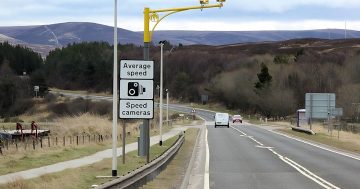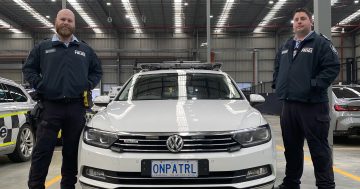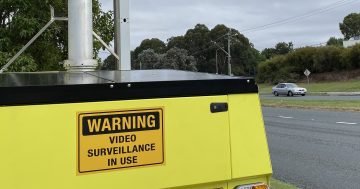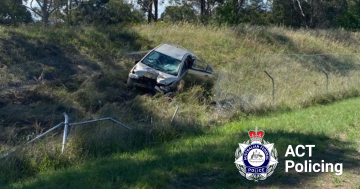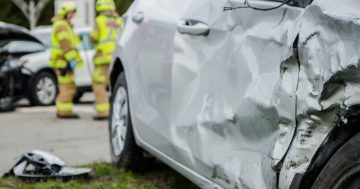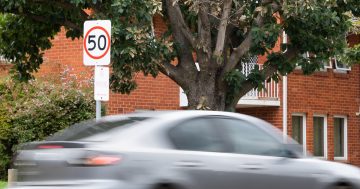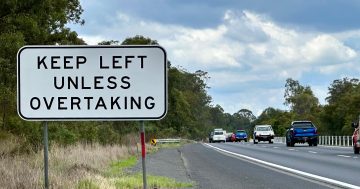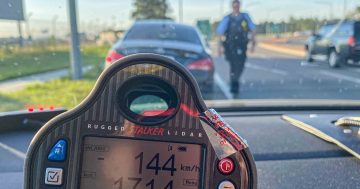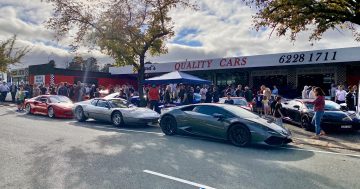
With a relatively small population over a large space, travelling in the ACT is usually a doddle. Photo: File.
There’s a handful of cars around me, all driving at a steady rate. I ease off for the upcoming roundabout, throw a glance to my right and keep going, along the straight and through to the next roundabout in a similar fashion. Turning up a slip-road now and there’s a line of cars banked-up. About four of them. After a brief pause, I continue across the bridge.
It’s about 8:30 am and I’m driving through the middle of a capital city.
One of the things we love most about our ‘Bush Capital’ is the fact that our 457,000 residents are spread out over a wide area, so getting anywhere within half an hour is a doddle. For those of us who like to drive without turning into a flustered mess, this is perfect.
However, it’s also changing.
We’ll start at the beginning.
When Mr Burley Griffin submitted his plan for Canberra in 1911, the judges looked for growth capacity. This remained a priority when it came to laying out the southside of the ACT.
For instance, main arterials roads in Tuggeranong such as Isabella Drive and Johnson Drives are flanked on either side by huge nature strips, allowing space for extra demand in the future (something we saw three years ago with the Ashley Drive duplication).
That was the forward-thinking during the 1970s and ’80s; the thinking now seems to be more a case of ‘public transport will solve everything’. All over Canberra, this means more and more multi-story apartment and office complexes are appearing with barely a hand raised about where all these people are supposed to park.
At the University of Canberra, students have to pay for car spots they may not even get because the uni is attempting to nudge them into buses or onto bikes.
The long-term ideal solution does lie in a blend of cars and public transport, but given how maligned the bus network is, and the fact it’s increasingly impossible to find a park in the city, we’re a long way from that.
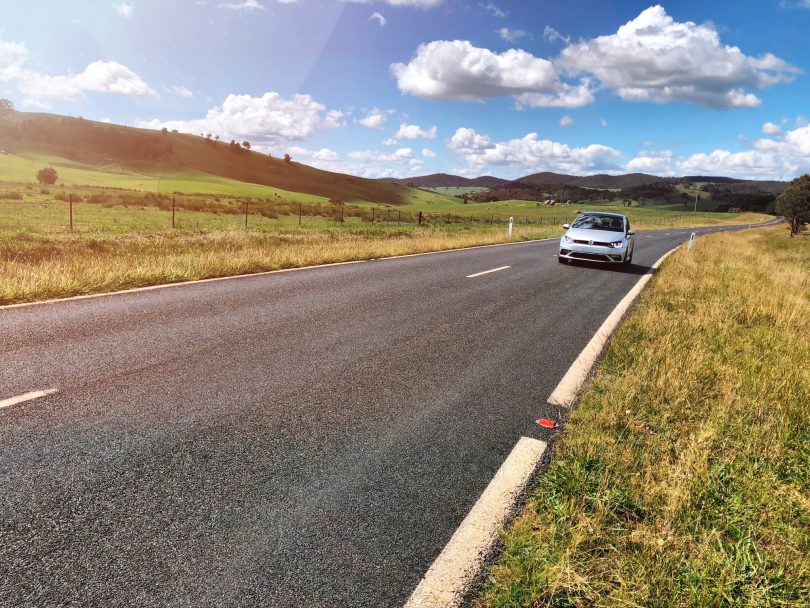
Tidbinbilla Road – the best of the best in the ACT. Photo: James Coleman.
This brings us to speed.
Modern cars typically go, stop and corner vastly better than their predecessors, but speed limits have hardly changed for 40 or 50 years, and those that have, have gone down.
Of course, it’s a little more complicated than that.
Speed limits have to strike a happy medium between a learner driver and Mark Webber, an Audi RS3 and a Leyland P76, a clear, crisp day and a wet, icy night. But we could still go all day listing roads that could safely benefit from a bigger number (the Federal Highway springs immediately to mind).
A good sign is if a mobile speed-camera van is often parked along the same road. Either it’s a particularly treacherous stretch or, more likely, enough people are frustrated with the limit to make it profitable.
The incredibly narrow streets in many of the newer suburbs are also designed to slow down traffic, which seems strange.
The whole reason behind not speeding is because it’s not safe, but I don’t look at the likes of McConchie Circuit in Weston and think, “That looks perfectly safe”.
I think of the rubbish truck driver’s dilemmas and the law which forbids parking on the nature strip so cars are left on the side of the road instead, and … oh boy, there’s another car coming, I’ll almost mount this curb so we can both squeeze past.
The older suburban streets aren’t exempt either, thanks to an obsession with speed humps.
These plastic or concrete lumps in the middle of roads are not only annoying for nearby residents whenever a tradie’s tools go airborne at 5:30 in the morning, but also contribute to emissions (the UK is also in the process of removing many from their roads).
It all comes down to the mantra of ‘speed kills’. So we end up with a simplistic equation of less speed = fewer deaths.
When I was getting my L plates, I had to attend a two-day Road Ready course. Much of this involved watching videos of car accidents.
After each one, the instructor would ask the class where it had all gone wrong. We would respond with “the driver was fiddling with the radio”, or “the driver was tailgating”.
But no. It turns out that if the driver had simply been going 10 km/h slower, nobody would have been killed. You can see where this logic goes.
Managing roads and the people using them is always going to be tricky business. But I only ask that we think ahead, and that goes for the ACT Government as much as it does for us ACT motorists.












